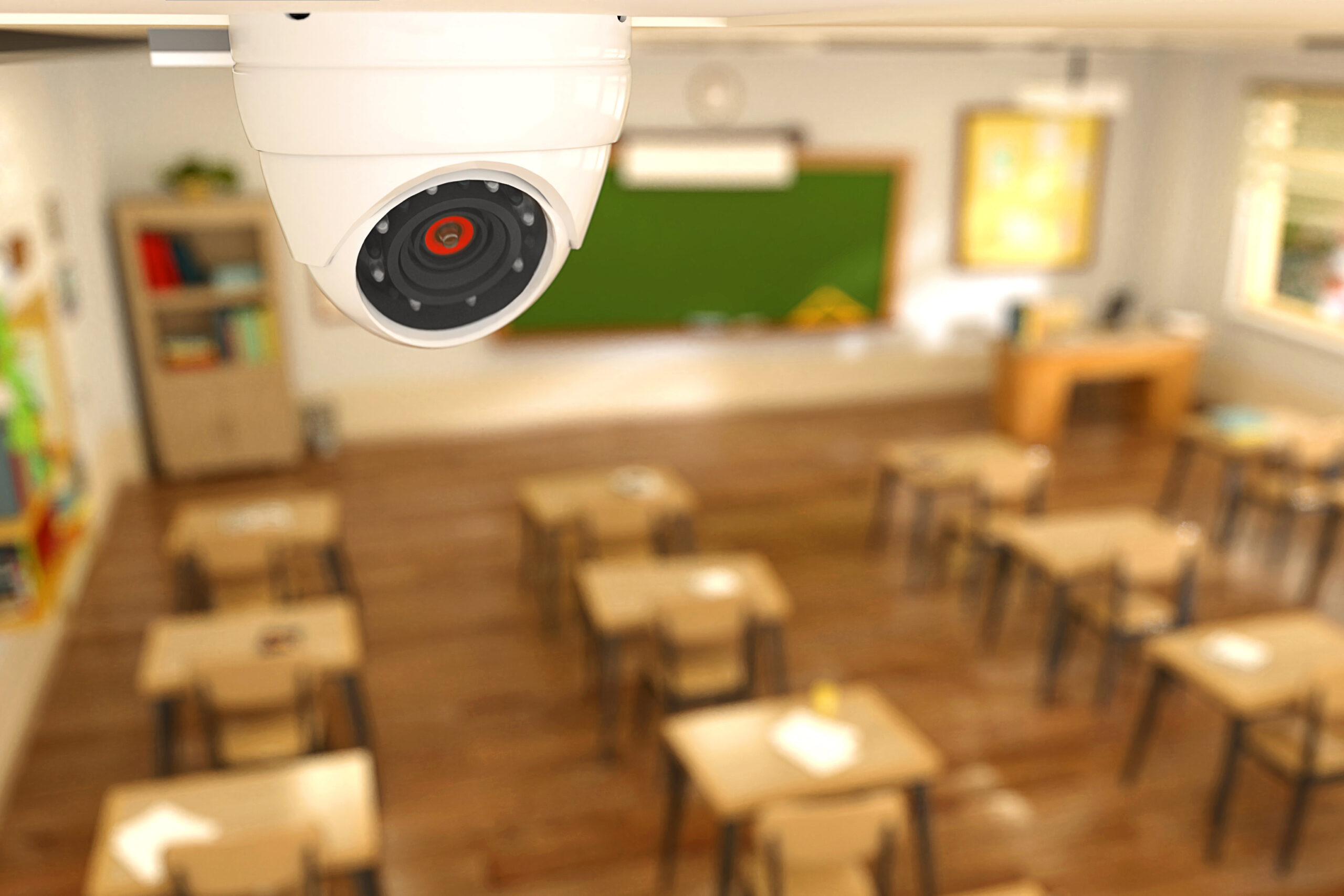Amputation injuries frequently occur when workers operate unguarded or inadequately safeguarded machinery, but they can also occur if a worker is simply not paying enough attention or makes a careless mistake. Machine and equipment operators are at risk, but so are other employees in the area if they are not aware of their surroundings.
“Machine and equipment operators are at risk, but so are other employees in the area if they aren’t aware of their surroundings.”
Hazardous Equipment
Heavy equipment and power tools present amputation risks such as the following:
- Being trapped between moving equipment and a fixed point
- Any tool or equipment that generates a cutting, sawing or shearing action
- Clothing getting caught in a moving machine or piece of equipment
It’s important to be aware of the hazards present while working in a warehouse, especially if you’re operating or working near any of the following tools or equipment:
- Forklifts and hand trucks
- Conveyors, cranes or hoists
- Trash compactors
- Powered and non-powered hand tools
- Other dock hazards such as ramps, movable dock plates or unsecured trucks
Injury Prevention
To avoid amputations and other series injuries in the warehouse or while loading and unloading, follow these safety precautions:
- Never operate a piece of equipment unless you are trained to do so.
- Make sure any carried loads are balanced, stable and not too heavy for the machine to handle.
- Do not stack any materials so high that it impedes your vision.
- Move at a safe speed when using vehicles, and watch out for other workers and keep the load close to the ground while traveling.
- Only use equipment for its intended purpose.
- Never remove guards or other safety devices from machinery. These are meant to protect you and prevent serious injury.
- Follow all safety precautions for the task at hand.
- Make sure trucks, ramps and overhead doors are all secure before loading or unloading.
- When using a crane or hoist, stay within the maximum weight capacity and carefully check the area to avoid swinging hazards.
Contact INSURICA for more safety tips and solutions.
This is not intended to be exhaustive nor should any discussion or opinions be construed as legal advice. Readers should contact legal counsel or an insurance professional for appropriate advice. © 2023 Zywave, Inc. All rights reserved.
About the Author
Share This Story
Related Blogs
Enhancing School Security: Practical Strategies for Safer Campuses
Enhancing school security is one of the most pressing responsibilities for education leaders today. As school campuses evolve, so too must the systems that protect them. For administrators, safety professionals, and district decision-makers, creating a secure learning environment means taking a proactive, layered approach that includes physical security, training, technology, and community involvement.
5 Common Cybersecurity Mistakes and How to Avoid Them
All organizations, regardless of their size or industry, are at risk of being targeted by cybercriminals. These malicious actors can conduct cyberattacks, leading to significant financial, operational and reputational damage that can be difficult or impossible to recover from. Fortunately, solid cyber hygiene practices can reduce the likelihood of data breaches and other cyber incidents from occurring, and many of these practices are relatively low-cost and easy to implement.
Insurance Coverage Basics For Boatowners
A small boat, such as a canoe or other un-motorized boat, is typically covered under the personal property portion of your homeowners insurance policy. If you own a larger, faster boat, you'll need a separate boatowners insurance policy. A typical boatowners insurance policy is designed to protect your boat, motor, equipment, and passengers. It affords similar coverages to those you typically have for your car including:








